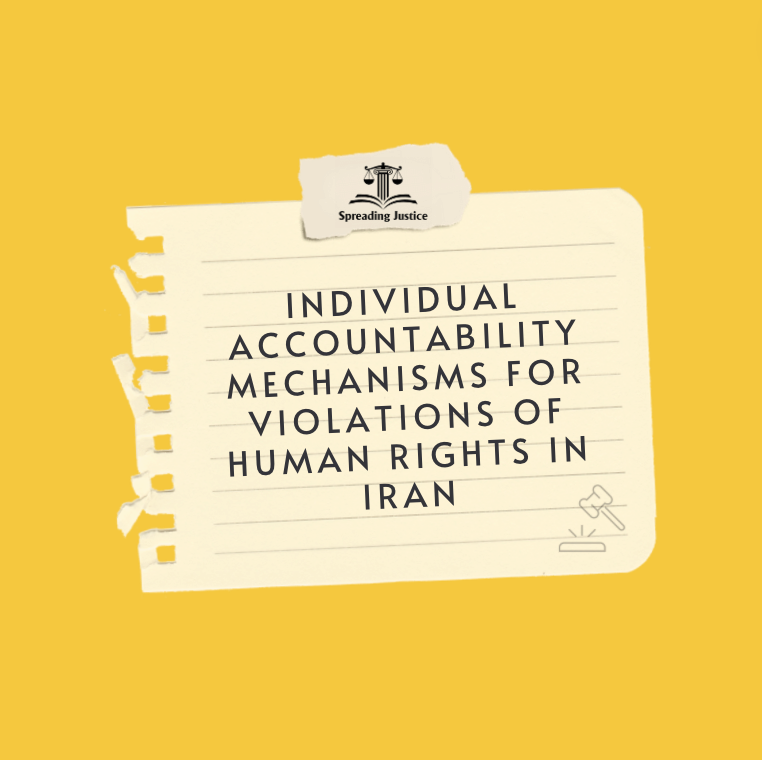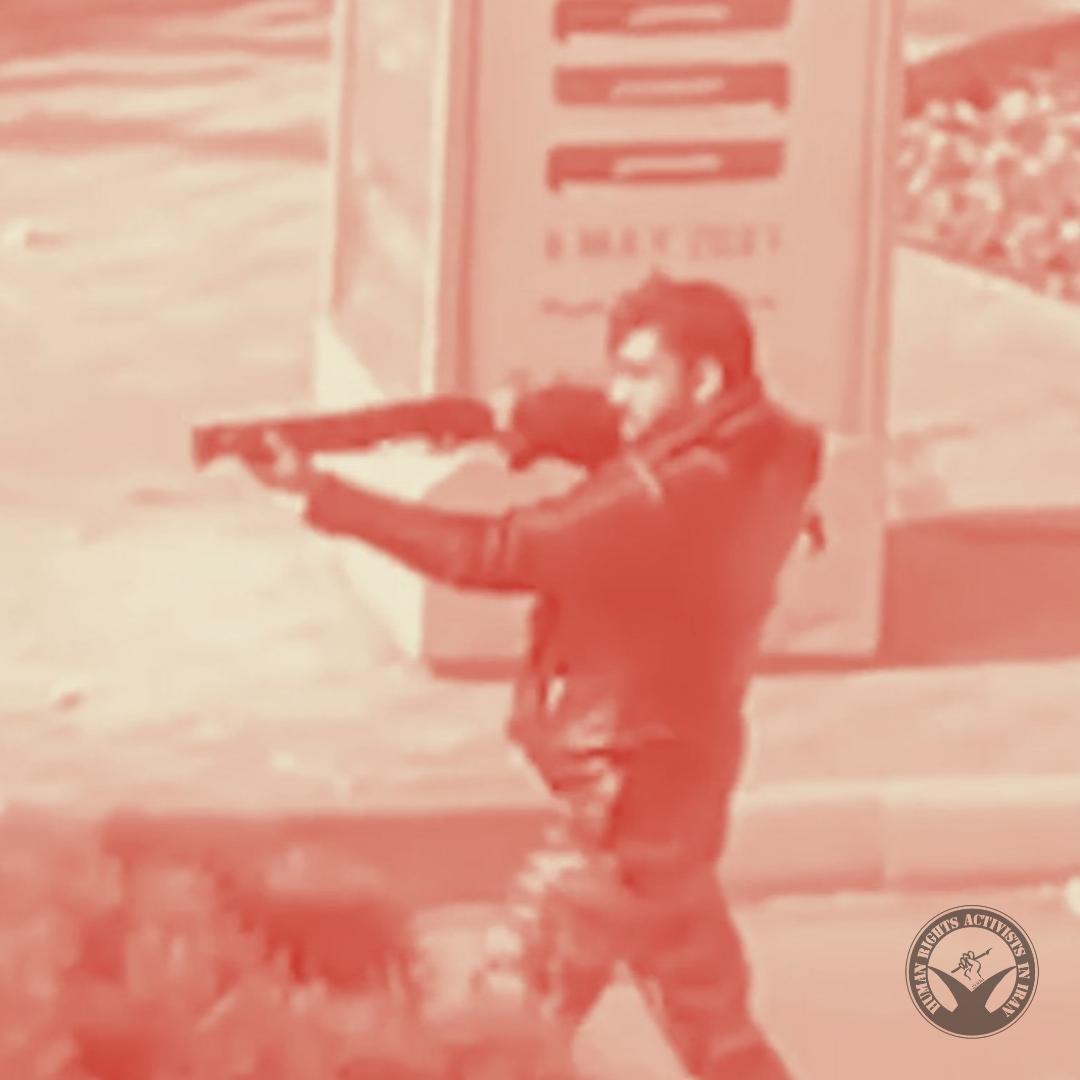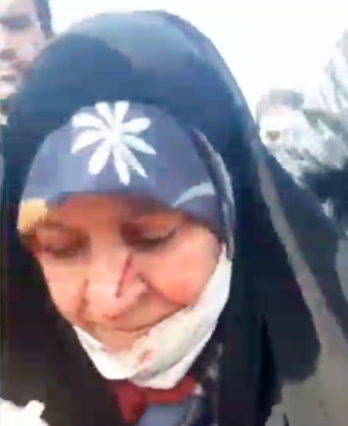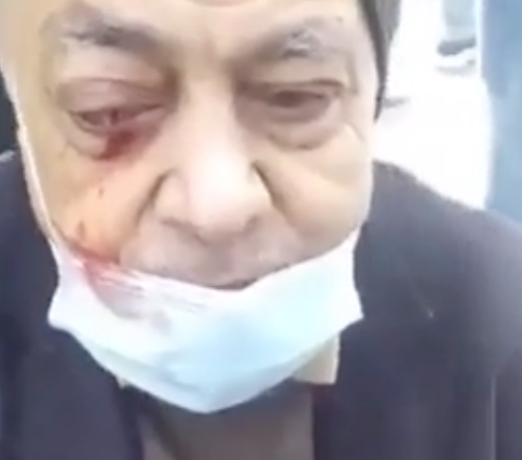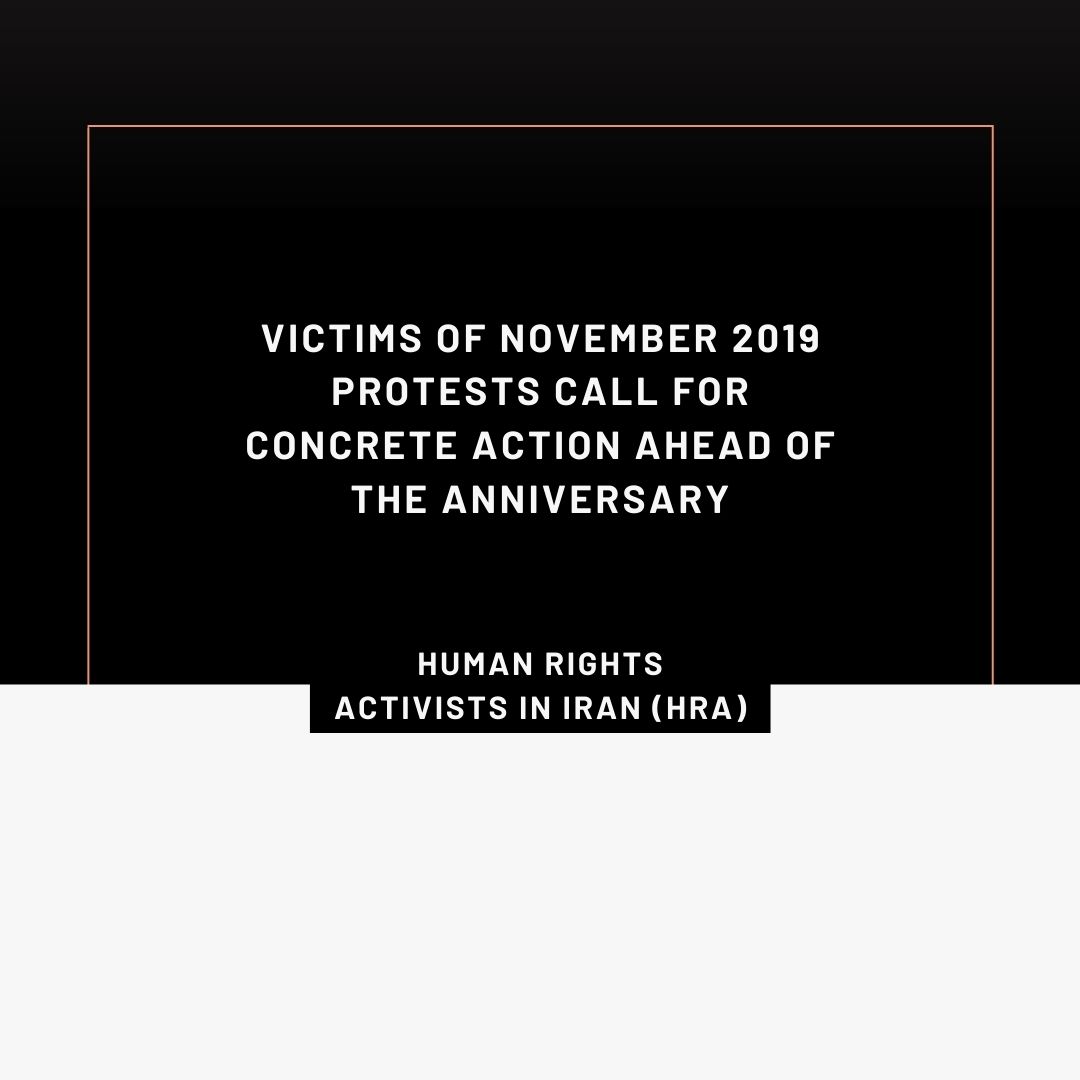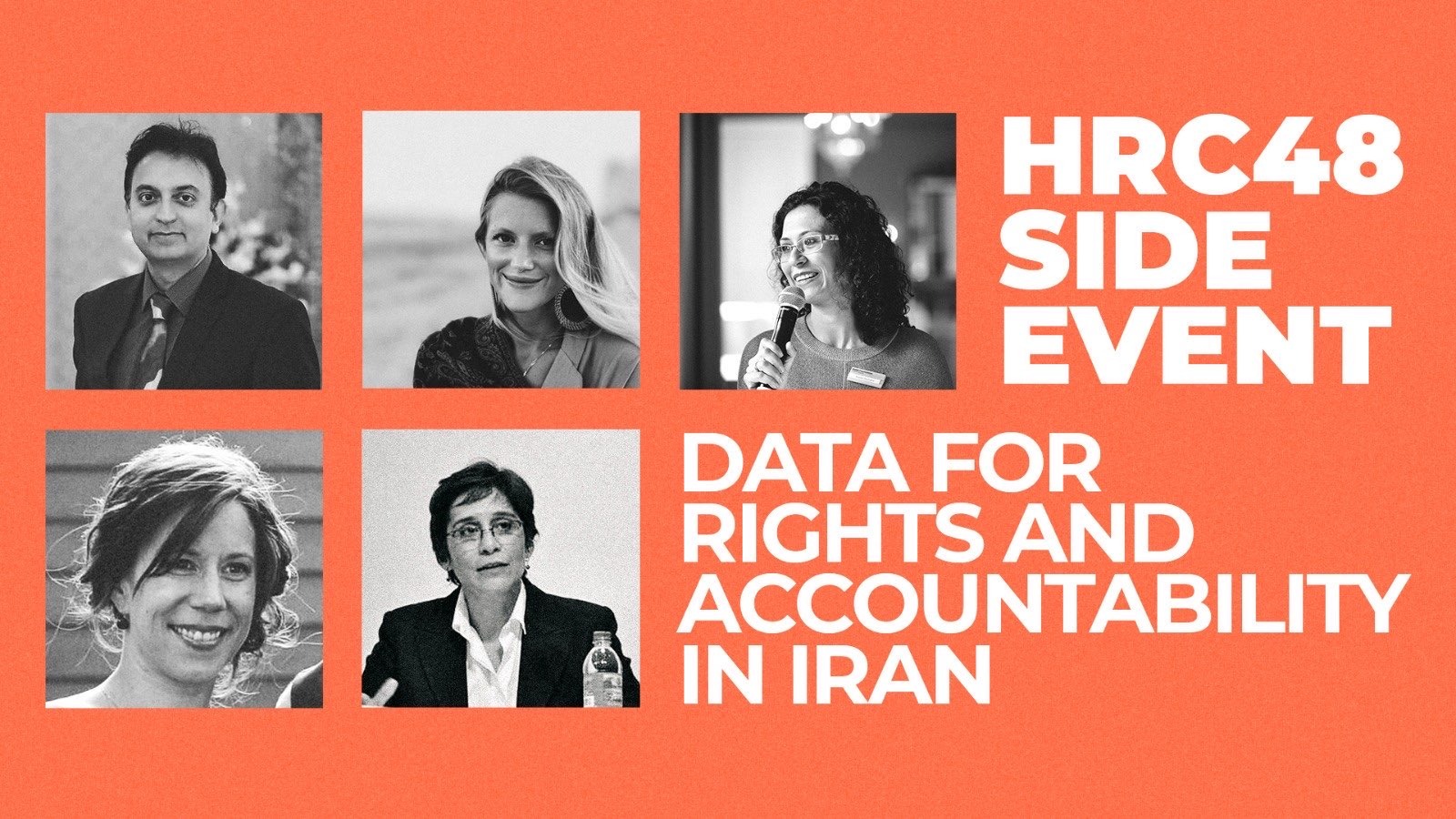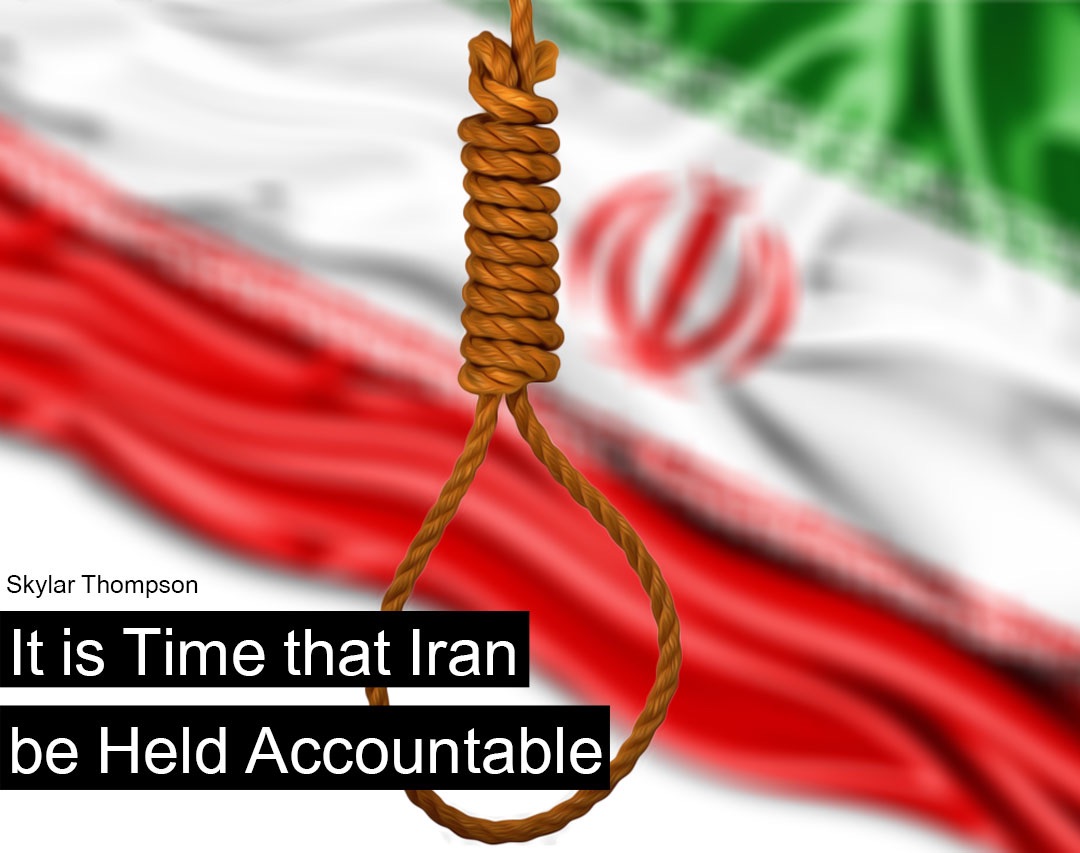States have an obligation to respect, protect, and fulfill human rights as guaranteed by the mechanisms under which they agree to be held accountable. Core human rights instruments like the International Covenant on Civil and Political Rights (ICCPR) and the International Covenant on Economic, Social and Cultural Rights (ICESCR) contain the bulk of basic human rights law while a variety of thematic instruments focus on specific issues ranging from torture, the rights of the child, refugees, and more. Each of these instruments is monitored by a specific body under which the State is required to report on an annual basis. Violations of these instruments, which includes the failure to ensure that the rights guaranteed within are upheld, constitute a State’s violation of human rights law. Unfortunately, in the case of Iran, these violations are seemingly endless. The State regularly fails to comply with reporting requirements, and blatantly disregards obligations to protect human rights using a variety of inadequate justifications.
HRA collaborated closely with partners at Impact Iran to highlight this issue more broadly in the Iran Rights Index. The index demonstrates the hundreds of recommendations Iran has received urging compliance with international human rights mechanisms. With HRA and partner documentation it is clear, as one moves through the index, the State, while often stating otherwise, consistently fails to meet the standards set forth.
There has been comprehensive work done on the need for State accountability in the context of Iran. While continued work on the subject is necessary, this article aims to focus on the individual and the need for more than blanketed calls for accountability as a means to end the cycle of impunity. The following is a non-exhaustive look at mechanisms for just that.
Highlighting the gravity of the situation of impunity, in his latest report to the Human Rights Council, United Nations Special Rapporteur on Iran, Javaid Rehman, stated
“The system of governance and the corresponding absence of a system of accountability has created a culture of impunity that perpetuates the cycles of violence since violations of human rights have no consequences for the State or for individual perpetrators. There appears to be a State policy of intimidating, prosecuting, or silencing those who call for accountability, justice, and truth, whether they are victims themselves, relatives, human rights defenders, lawyers, or organizations.”
The need for a discussion around individual accountability mechanisms is vital to the discussion of the situation of human rights in Iran. HRA’s Spreading Justice database, by way of illustration, lists over 440 individual violators independently verified by HRA experts to have been involved in serious violations of human rights; a list that grows daily. The individuals range from high-ranking government and intelligence officials to prison guards and interrogators. It is clear that these individuals will not be held accountable for their crimes within Iran’s domestic judicial framework (as it stands today), and as such, it is necessary to look outward, and explore international accountability mechanisms available when domestic remedies are either exhausted or have otherwise failed. It is of note that the following paths are not unique to the situation in Iran.
Sanctions
Developed as a means to hold perpetrators accountable for serious human rights abuses, individual sanctions designations are particularly powerful tools in the context of authoritarian regimes where accountability in a domestic judicial framework is unlikely at best.
Several jurisdictions across the globe employ a variety of targeted human rights sanctions regimes. No regime is identical in legal character, language, consequence, or otherwise. Nonetheless, they share common characteristics and the goal of holding individual human rights violators, and in some cases, entities, to account.
While there are country-specific human rights lists, such as the United States’ “IRAN-HR” (instituted under the United States Executive Order 13553), there is growing momentum for Global Magnitsky Human Rights Legislation (or GloMag as it is often referred to). Currently adopted and employed by a number of States and interstate institutions, GloMag sanctions designate foreign offenders accused of corruption and/or human rights abuses and typically result in asset freezing and/or travel bans. The use of these targeted tools is a welcome shift from the consequential collective punishment that their broad-sectoral, and often conflated counterpart imposes on innocent, often revictimized civilians.
The United States signed its version of Magnitsky legislation into law in 2012. The original law was amended in 2016 to capture what it does today in the Global Magnitsky Human Rights Accountability Act. The amended law allows for the designation of foreign officials implicated in human rights abuses anywhere in the world. Canada followed in 2017, passing the Justice for Victims of Corrupt Foreign Officials Act, The European Union in June 2020, the United Kingdom in July 2020, and Australia in 2021. A number of other states have enacted the legislation and/or have pending legislation tabled.
HRA Senior Advocacy Coordinator, Skylar Thompson says, “It’s an important moment in history as the consecutive passing of such legislation around the globe signifies a strong and united goal of holding individual perpetrators of serious human rights abuses accountable and codifying the ability to do so into law. Passing laws however is not enough. There must be a broadened, coordinated use of the available tools in order to conceive their full effectiveness.”
The international community would benefit immensely from greater coordination and information sharing on individual designations. A precursor for much of the work on designations is the designator States’ coordination with civil society. According to Human Rights First, in the first year of the United States’ GloMag program more than one-third of the 240 first-year designations had a basis in civil society recommendations. “Coordinated efforts among States with shared interests would lessen the burden on a civil society whose documentation is essential and resources stretched thin,” says Thompson.
Universal Jurisdiction
The previous year was monumental for the growing importance of Universal Jurisdiction. A recent report published by Trial International cited the 2021 conviction of 15 individuals responsible for international crimes under the principle of Universal Jurisdiction, with 17 accused remaining on trial, including one Iranian in Sweden, Hamid Noury. Noury is accused of participating in the mass murder and torture of political prisoners in Karaj prison in 1988.
The Universal Jurisdiction case against an Iranian official in Sweden is not only monumental for the principle, it’s monumental for Iranian justice and accountability efforts. For Iranians, witnessing an individual tried in a foreign court for the mass murder and torture of political prisoners in Iran is the first form of accountability of its kind. Never before has anyone been criminally charged or held accountable for these crimes. On the contrary, many involved have seemingly continued to move up the ranks.
A case of this kind sets a precedent and lays the groundwork for others to follow suit. It also sends a strong message to those inside of the country that impunity at home, no matter how long it is enjoyed, does not mean impunity abroad. More details on Noury are available here.
The principle of Universal Jurisdiction dates back to the 1949 Geneva Conventions and applies to crimes including crimes against humanity, war crimes, or genocide as defined under international law. The principle sets forth that some crimes are so grave that they merit prosecution in the territory of another State, the crime taking place requiring no direct relation to the prosecuting State. Much like the various sanctions regimes, each State that applies Universal Jurisdiction applies it differently, they have varying degrees of application, statutes of limitations, legal frameworks, etc. Nonetheless, also much like the sanctions regimes, they share a common goal of holding individuals accountable for serious violations of human rights.
Universal Jurisdiction can be seen as one of the foremost powerful tools in the realm of international justice. The case of Hamid Noury may be the first, but it will surely not be the last.
International Courts and Special Tribunals
International Criminal Court (ICC)
While it is a theoretically available path, Iran is not a State Party to the Rome Statute, and as such, the ICC does not have jurisdiction over its crimes unless such crimes are committed in the territory of a signatory State (there is a myriad of other pathways available to create jurisdiction that is outside the scope of this article). It’s worth noting due to the vast amount of evidence of crimes committed in Europe, for example, this is not out of the realm of possibility.
However, if Iran’s failure to cooperate with international human rights mechanisms in the past is any indication, it is safe to say that any communication from the ICC would be met with great indignation. And while the United Nations Security Council (UNSC) could discuss the human rights situation and submit a referral to the Office of the Prosecutor, it would more than likely receive a veto. A discussion of referring the situation to the ICC however could bring more attention to the issue and lead to opportunities elsewhere.
There is some confusion over this issue, as Iran often cites themselves as a ‘signatory of the Rome Statute’ which although not false, is misleading, as the State has never ratified the text.
This is not a unique posture to the Rome Statute and aligns quite well with similar State language around attested compliance with international human rights mechanisms–despite the tremendous amount of evidence to the contrary.
Domestic Litigation –The United States and Elsewhere
While much narrower in scope, there are an array of domestic litigation tools across the globe available to prosecute perpetrators of specific human rights abuses like, for example, the recruitment of child soldiers or torture. By way of illustration, the United States’ Child Soldiers Recruitment Accountability Act of 2008 permits the United States jurisdiction over an alleged offender of child soldier recruitment found within the territory of the United States, irrespective of the nationality of the alleged offender. This is particularly relevant in the case of Iran. There is substantial evidence of the Islamic Revolutionary Guard Corps (IRGC) recruiting child soldiers for direct participation in hostilities in Syria. A 2017 Human Rights Watch report documented Afghan children, as young as 14, recruited for combat in the Iran-backed Fatemiyoun division. HRA has also collected evidence of IRGC-recruited child soldiers killed in combat. Recruitment of child soldiers is not only punishable under the United States’ Child Soldiers Recruitment Accountability Act, it is a war crime under international law (which presents its own array of accountability mechanisms). There should be strengthened coordination between Iranian and Syrian human rights groups documenting the use of child soldiers in Syria. Such coordination would surely provide strengthened evidence and in turn, would produce heightened support for accountability efforts.
In keeping with the example of the United States, the Torture Victim Protection Act also offers a strong set of language that enables citizens and noncitizens to file suits against perpetrators of foreign States who, acting in an official capacity, tortured and/or committed extrajudicial killings outside of the United States. Another strong US legal tool is the Alien Tort Statute (ATS). The ATS is a federal law that gives U.S. courts jurisdiction to hear lawsuits filed by noncitizens on violations (like the TVPA the violations must have been committed in an official capacity) of torture, extrajudicial killing, forced disappearance, crimes against humanity, cruel, inhuman or degrading treatment, prolonged arbitrary detention, genocide, war crimes, slavery, and state-sponsored sexual violence and rape.
It is of note that these are a mere few examples of several that could merit domestic litigation in the United States. Jurisdictions across the world have a wide range of similar legislation.
Why does such an extensive accountability gap remain?
In seeking an answer to this question, it seems necessary to recall the remarks of the Special Rapporteur.
“There appears to be a State policy of intimidating, prosecuting, or silencing those who call for accountability, justice, and truth…”
With such a strong machine of State-sponsored repression against those seeking accountability, one can understand how a cycle of impunity continues. Human rights activists and lawyers are tortured, detained, and even executed, and well-founded fear of reprisal is high. The international community must be committed to holding individual violators accountable. The tools are there and the documentation is plentiful. The establishment of the above listed and numerous other existing tools sends a strong united message. The message however has not been fully received. The tools must be used. Their implementation must be broadened. States and interstate institutions must work with civil society to discuss strategic and creative pathways to end the egregious abuse dealt by individuals enjoying impunity inside of Iran. The international community must move beyond blanketed calls for accountability and look to specific and practical steps forward.
**This article in no way seeks to be exhaustive. Rather, it aims to shed light on potential paths forward and spark conversation. HRA welcomes, engages in, and recognizes the need for creative and strategic discussions in light of the ongoing cycle of impunity in Iran.
For more on HRA’s international accountability efforts contact Senior Advocacy Coordinator, Skylar Thompson at [email protected]

